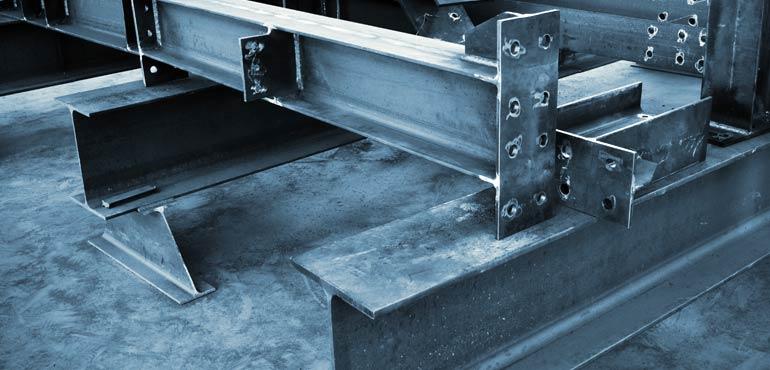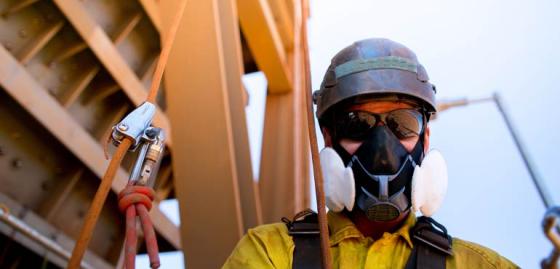
- Home
- Worksite & building practice
- Non-conforming building products
- Your responsibilities with NCBP
Your responsibilities with NCBP
Everyone in the building product supply chain—including designers, importers, manufacturers, suppliers, architects, engineers, installers and homeowners—is responsible for ensuring that all building products are fit for their intended purpose and are not NCBPs.
Under section 74AF of the Queensland Building and Construction Commission Act 1991 (QBCC Act), each person within the chain of responsibility has a duty to ensure their actions do not lead to an NCBP being supplied and/or used in association with a building.
A person is in the chain of responsibility for a building product if they:
- design, manufacture, import or supply the building product
- know, or is reasonably expected to know, the product will or is likely to be associated with a building
- install the product in a building in connection with relevant work
- are an architect or engineer who, in designing a building, specifies that the product be associated with the building.
This would include people in roles such as:
- the executive officer of a company
- designers
- manufacturers
- wholesalers and retailers
- installers.
See s.74AA and s.74AG of the QBCC Act for definition and duties of people in the chain of responsibility.
Each person in the chain of responsibility has a duty to:
- ensure a building product is not a non-conforming building product for an intended use
- provide required information about the product and for its intended use
- understand the product and its intended use
- report non-conforming building products to QBCC
- give notice of a notifiable incident involving a non- conforming building product
- comply with recall orders.
For a complete list of all duties required of people in the chain of responsibility, see Part 6AA of the QBCC Act.
For example, a manufacturer is required to provide an appropriate level of product information to a wholesaler, importer and/or supplier who in turn is required to provide product information to those they sell to, who will later install the product.
The 'intended use' for a building product means a use for which the building product is intended to be, or is reasonably likely to be, associated with a building.
Part of a person's accountability in the chain of responsibility is to provide manufacturing instructions or any other information relevant to the product to each person in the chain of responsibility so that they can understand what the designer or manufacturer's intended use and installation for the product is, to avoid the product from being non-conforming.
Required information provided about the product will vary based on the complexity of the product and the way it applies to a building, but it should always include:
- an explanation of the suitability of the product for the intended use
- if it is only suitable for certain circumstances or conditions, what those are
- provide all relevant instructions to ensure it is used correctly
- demonstrate what the product's intended use is in association with a building, including:
- that the product meets the necessary performance standards
- that the product is safe.
Refer to s.74AG of the QBCC Act for full details about the duty to provide required information.
Report NCBP or safety incident
Everyone is responsible for keeping the community safe.

More Information
- Imported building products tested outside of Australia (PDF, 99KB)
- Awning, sunshade, canopy, blind or shading hood and non-conforming building products (PDF, 87KB)
- How to identify selection criteria for windows and glazed external doors and non-conforming building products (PDF, 80KB)
- Vinyl planks and vinyl tiles used in wet areas, and non-conforming building products (PDF, 72KB)
- Watermark certification and non-conforming building products (PDF, 70KB)
- Product substitution and oriented strand board bracing sheets (osb bracing sheets) (PDF, 74KB)
- Evidence of suitability required for minor alterations made to cast in fire collars (PDF, 338KB)
- Wood plastic composite decking boards (PDF, 76KB)
- Corrosion protection for exposed structural steel and non-conforming building products (PDF, 88KB)
- Considerations for class 1a – temporary or portable dwelling manufactured home structures & NCBP (PDF, KB)
